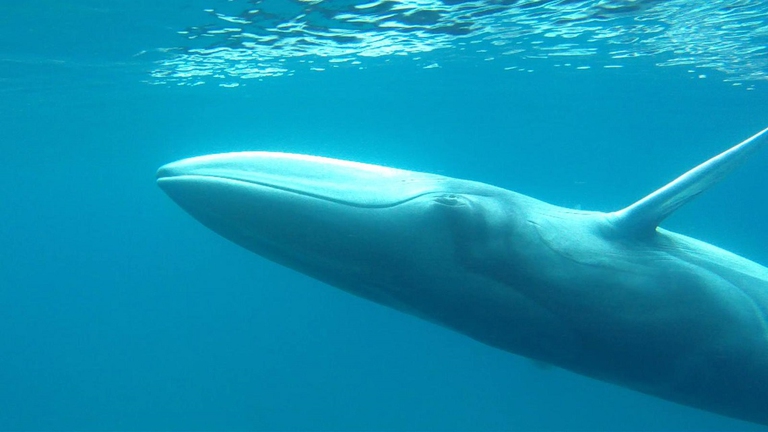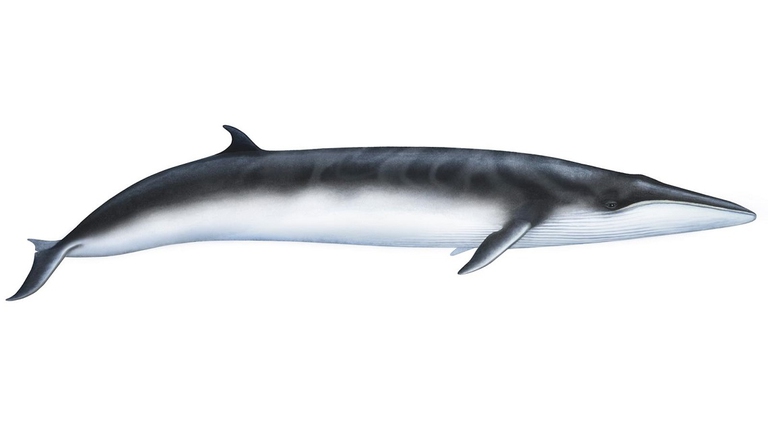
Our species took its first steps in a world covered in trees. Today, forests offer us sustenance, shelter, and clean the air that we breathe.
Ripreso da un gruppo di biologi al largo delle coste del Madagscar il cetaceo più misterioso degli oceani.
It seems a smile that of the Omura’s whale (Balaenoptera omurai) spotted by an international team of biologists led by the American Salvatore Cerchio, researcher at the New England Aquarium, whilst introducing itself for the first time to the world.
The species has only just been classified in 2003, thanks to a carcass found on the coasts of the Sea of Japan. On that occasion, scientists compared its DNA with other 8 different whales, realising it was a species unknown to science.
Since then, the Omura’s whale, named in honour of the Japanese cetologist Hideo Omura, has never appeared again, though. No remains have been found and there have been a small handful of possible sightings of Omura’s whales. The mysterious cetacean seemed to have vanished in the ocean depths, whilst someone started to believe it had gone extinct.
However, just a few days ago, Salvatore Cerchio published an incredible document: the first-ever field observations of the Omura’s whale, alive and in its habitat. The video has been grabbed off the Northern coasts of Madagascar, between 2013 and 2015.
https://www.youtube.com/watch?v=Or6UgRInguk
The life and population of these cetaceans are still unknown, due to their small dimensions (10 to 12 metres) and their apparent predilection to remote areas.
“For many years, these marine mammals were misidentified as Bryde’s whales due to their similar appearance,” reads the report by the Woods Hole Oceanographic Institution (WHOI). “Both are small tropical baleen whales with comparable dorsal fins, though Omura’s are slightly smaller in size and have unique markings with a lower jaw that is white on the right side and dark on the left”.
Off the coasts of the African island, the researchers observed for the first time ever living individuals of Omura’s whale, making 44 sightings and collecting samples from some of them. The results of the expedition are contained in an article published by the Royal Society Open Science, describing the whales’ foraging and vocal behaviours.
Siamo anche su WhatsApp. Segui il canale ufficiale LifeGate per restare aggiornata, aggiornato sulle ultime notizie e sulle nostre attività.
![]()
Quest'opera è distribuita con Licenza Creative Commons Attribuzione - Non commerciale - Non opere derivate 4.0 Internazionale.
Our species took its first steps in a world covered in trees. Today, forests offer us sustenance, shelter, and clean the air that we breathe.
Poachers in Africa are encroaching on wildlife land and killing rhinos in travel hot spots now devoid of visitors due to the coronavirus pandemic.
Actor and environmental activist Leonardo DiCaprio has contributed two million dollars to a fund to protect Virunga National Park in Congo from threats such as terrorism, the coronavirus and poaching.
For the first time in seventeen years, Iceland’s two main whaling companies won’t resume whale hunting. The announcement concerns this year’s season but could carry into the future.
The relationship between the coronavirus and wildlife is complex: while the pandemic may lead to a reduction in the illegal trade in wild animals, it may also encourage it in other respects.
The largest coral reef in the world is severely threatened by climate change, but researchers are developing strategies that could contribute to saving the Great Barrier Reef.
NGO Free the Bears has opened a mountain sanctuary for moon bears in Laos. With the government’s help, it aims to close all bile farms by 2022.
Seychelles have extended its marine protected area, which now covers over 400,000 square kilometres, an area larger than Germany.
The tapir was reintroduced into Brazil’s Atlantic Forest, the country’s most at-risk ecosystem. The species can play a key role in the forest’s recovery.









